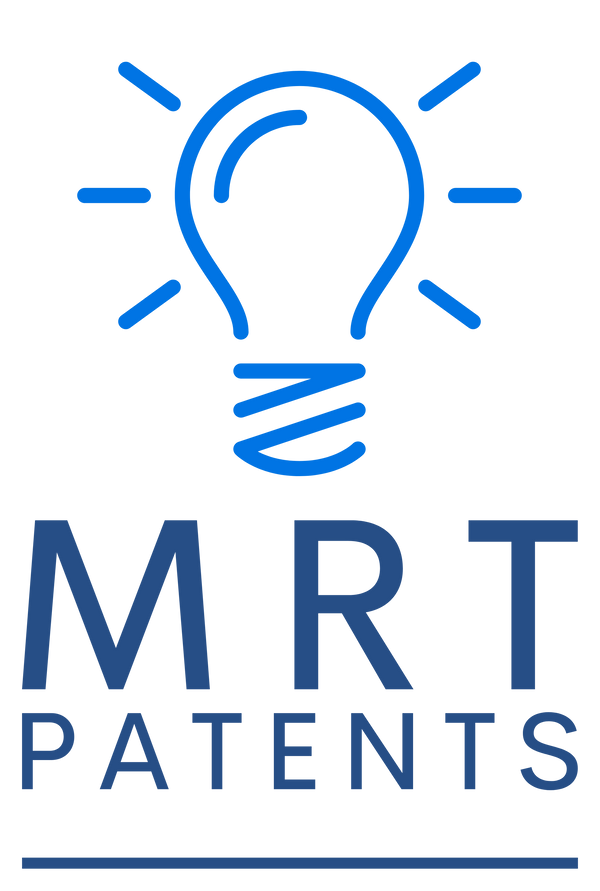Industry methods used for determining license royalty fee for patents
Share
If you are a patent owner, you have probably considered licensing your patent(s) to generate a revenue stream for the asset you own. Assuming you have found a potential licensee, determining the license royalty fee for your patents may involve any combination of several methods, each with its own set of considerations and approaches. Here are some commonly used methods to calculate a license royalty fee between a licensor and licensee:
Cost-Based Methods
Historical Cost Method
- Description: The royalty rate is based on the historical costs incurred in developing the patented technology, including research and development (R&D) costs.
- Application: Suitable for industries with well-documented R&D expenses and when the cost recovery is a priority.
- Pros: Clear and straightforward if cost data is available.
- Cons: May not reflect the market value or future potential of the patent.
Replacement Cost Method
- Description: The royalty rate is calculated based on the cost to replace the patented technology with an equivalent alternative.
- Application: Useful when a close alternative exists and can be costed out.
- Pros: Reflects the current cost of an alternative.
- Cons: Difficult to apply if no equivalent replacement exists.
Market-Based Methods
Comparable License Method
- Description: The royalty rate is determined by examining the license fees of similar patents in the same industry.
- Application: Relies on available data of comparable license agreements.
- Pros: Reflects market conditions and competitive benchmarks.
- Cons: Requires access to comparable licensing deals, which may be confidential.
Industry Standards Method
- Description: The royalty rate is set based on standard industry rates, often expressed as a percentage of sales or a fixed fee per unit.
- Application: Common in industries with established licensing norms.
- Pros: Easy to apply and widely accepted in certain sectors.
- Cons: May not account for unique aspects of the specific patent.
Income-Based Methods
Relief from Royalty Method
- Description: The royalty rate is estimated based on the hypothetical royalties the licensee would have to pay if the patent were not owned by them.
- Application: Useful for determining the value of a patent within a company’s own portfolio.
- Pros: Reflects the value derived from avoiding royalties.
- Cons: Requires assumptions about royalty rates and future income streams.
Incremental Income Method
- Description: The royalty rate is based on the incremental income generated by the patented technology compared to the next best alternative.
- Application: Suitable when the patent significantly enhances product performance or marketability.
- Pros: Directly ties the fee to the patent’s economic contribution.
- Cons: Complex to calculate due to necessary income projections and market analysis.
Profit-Splitting Methods
Nash Bargaining Solution
- Description: The royalty fee is determined through a negotiation model where the licensor and licensee split the incremental profits generated by the patent.
- Application: Useful when both parties have comparable bargaining power and clear profit data.
- Pros: Theoretically robust and considers both parties’ perspectives.
- Cons: Requires detailed financial information and strong negotiation skills.
25% Rule
- Description: A traditional rule of thumb where the licensee pays a royalty fee of 25% of the expected profit derived from the patented technology.
- Application: Often used as a starting point in negotiations.
- Pros: Simple and widely recognized.
- Cons: May not be suitable for all situations or reflect actual market conditions.
Hybrid Methods
Monte Carlo Simulation
- Description: A statistical method that models a range of possible outcomes and their probabilities to determine a reasonable royalty fee.
- Application: Useful for patents with high uncertainty or multiple possible outcomes.
- Pros: Provides a range of possible fees with associated probabilities.
- Cons: Requires sophisticated modeling and data.
Qualitative Methods
A. Expert Judgment
- Description: The royalty fee is determined by experts in the field who evaluate the patent’s value based on various qualitative and quantitative factors.
- Application: Used when other data is insufficient or unavailable.
- Pros: Leverages expert knowledge and experience.
- Cons: Subjective and may vary between experts.
Conclusion
Finding an appropriate royalty rate for your patents depends on various factors, including the availability of data, industry norms, the nature of the patent, and the specific context of the licensing agreement. A combination of methods can be used to triangulate to a fair and reasonable license fee between you and a licensee.
